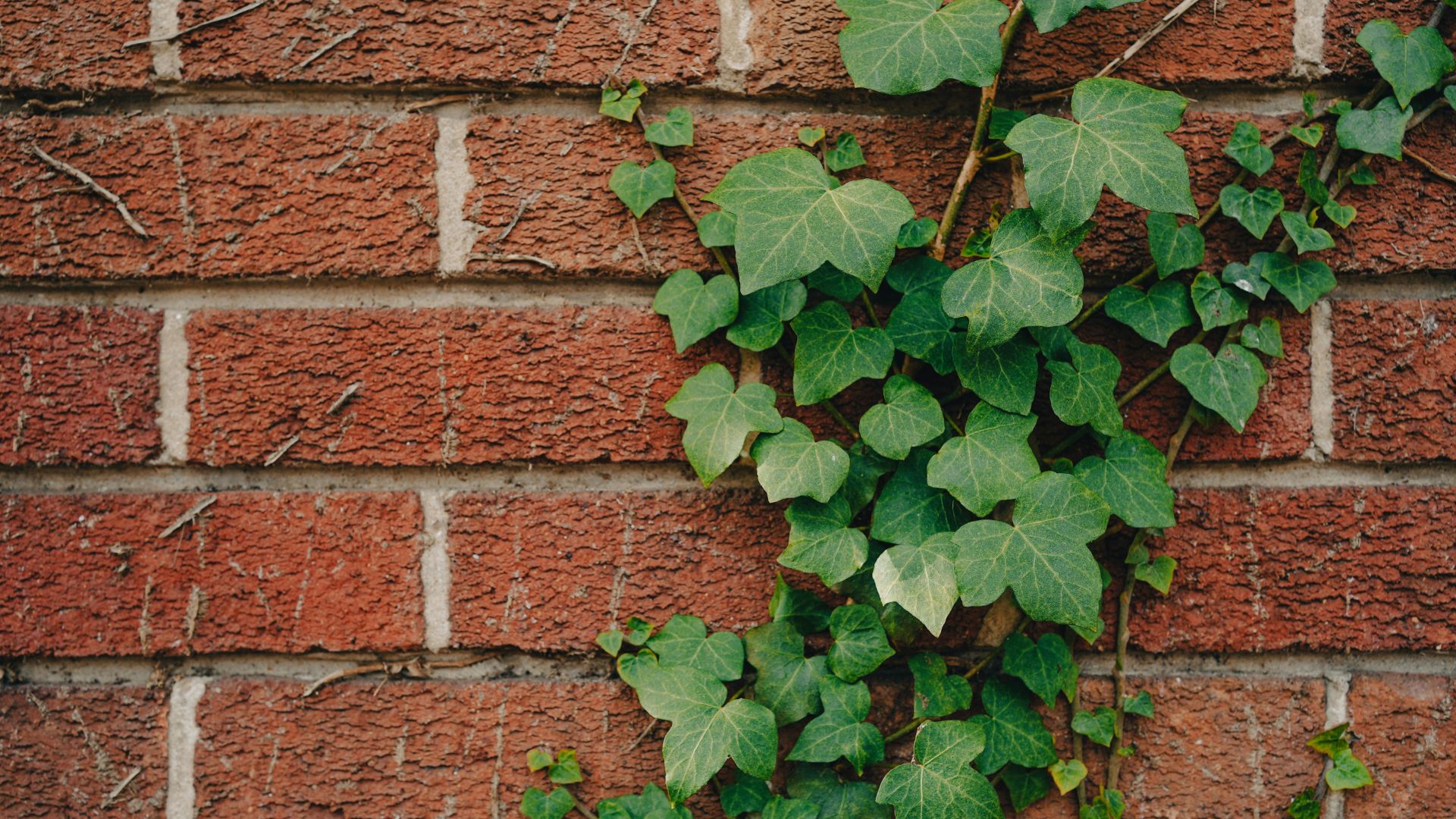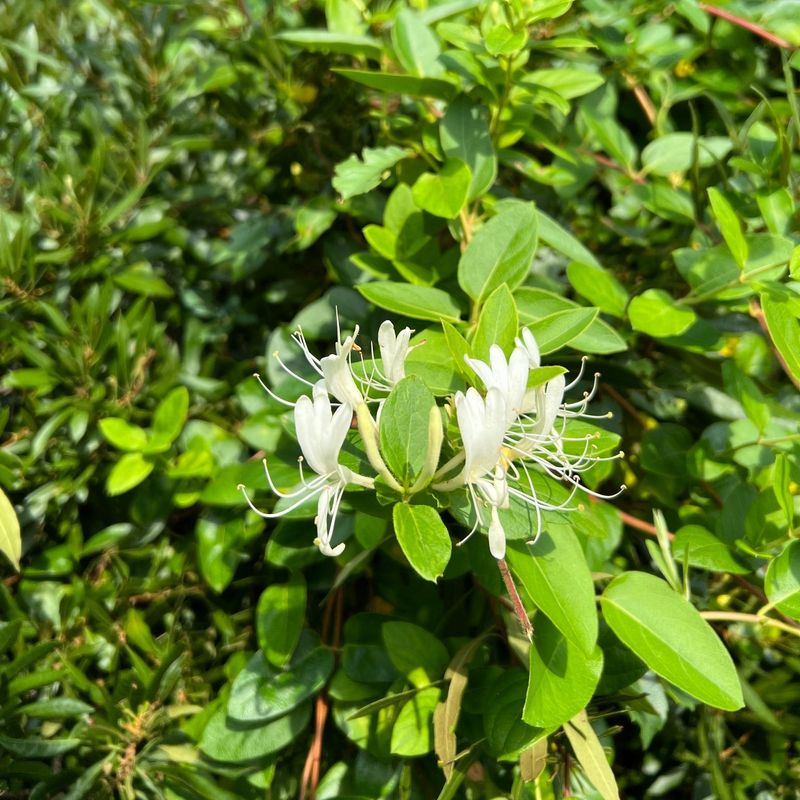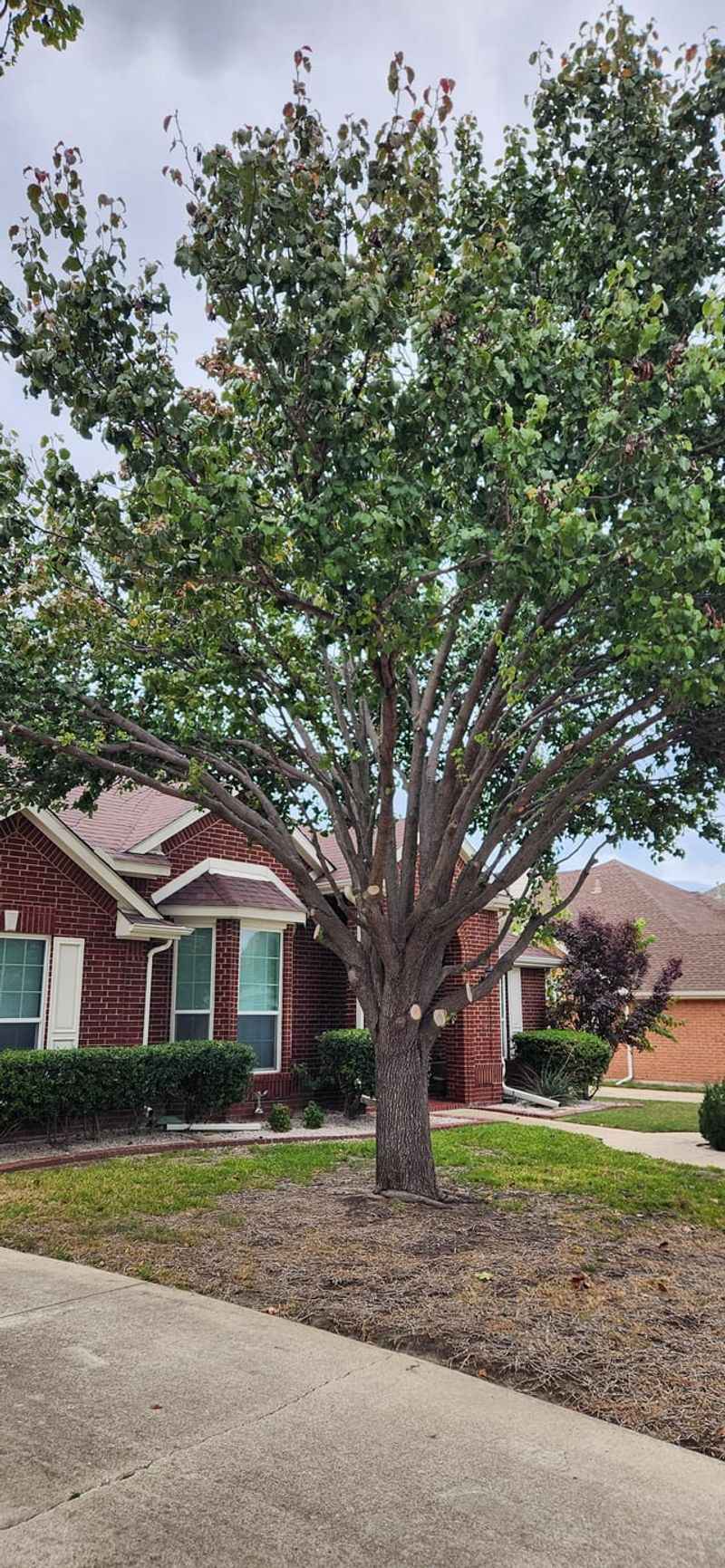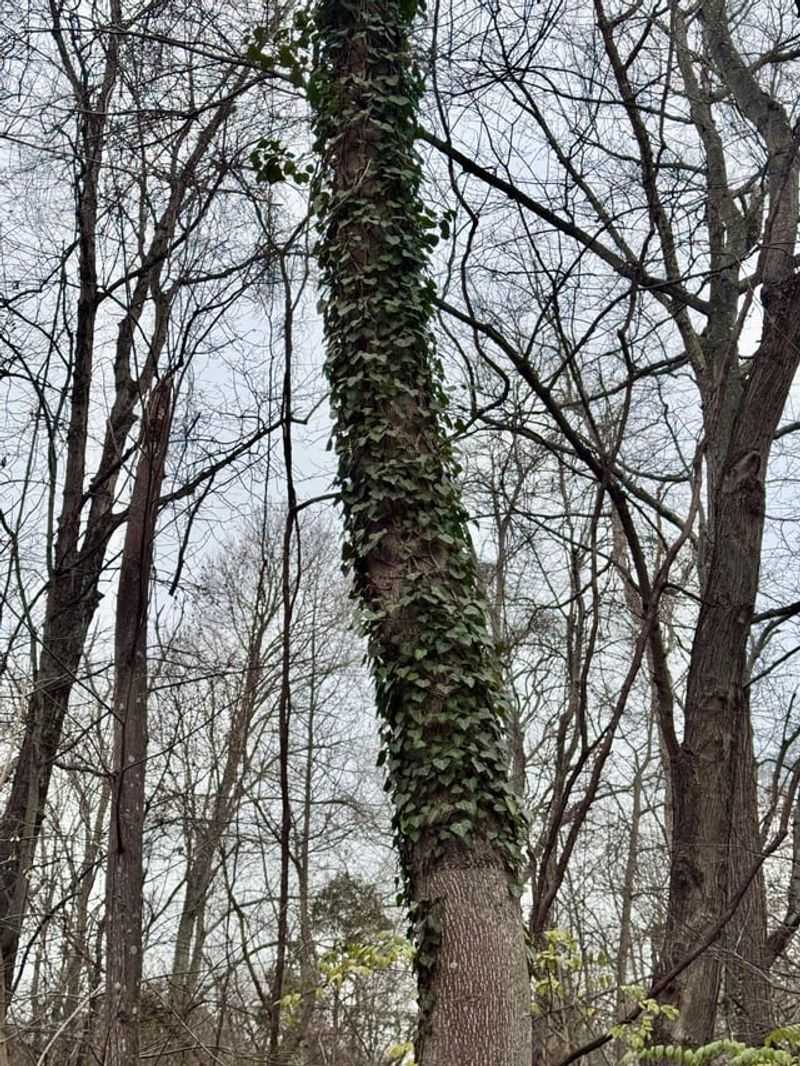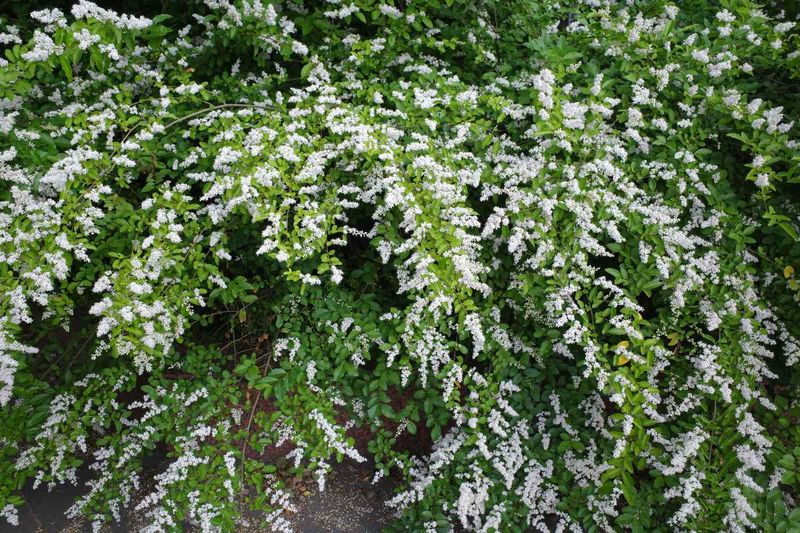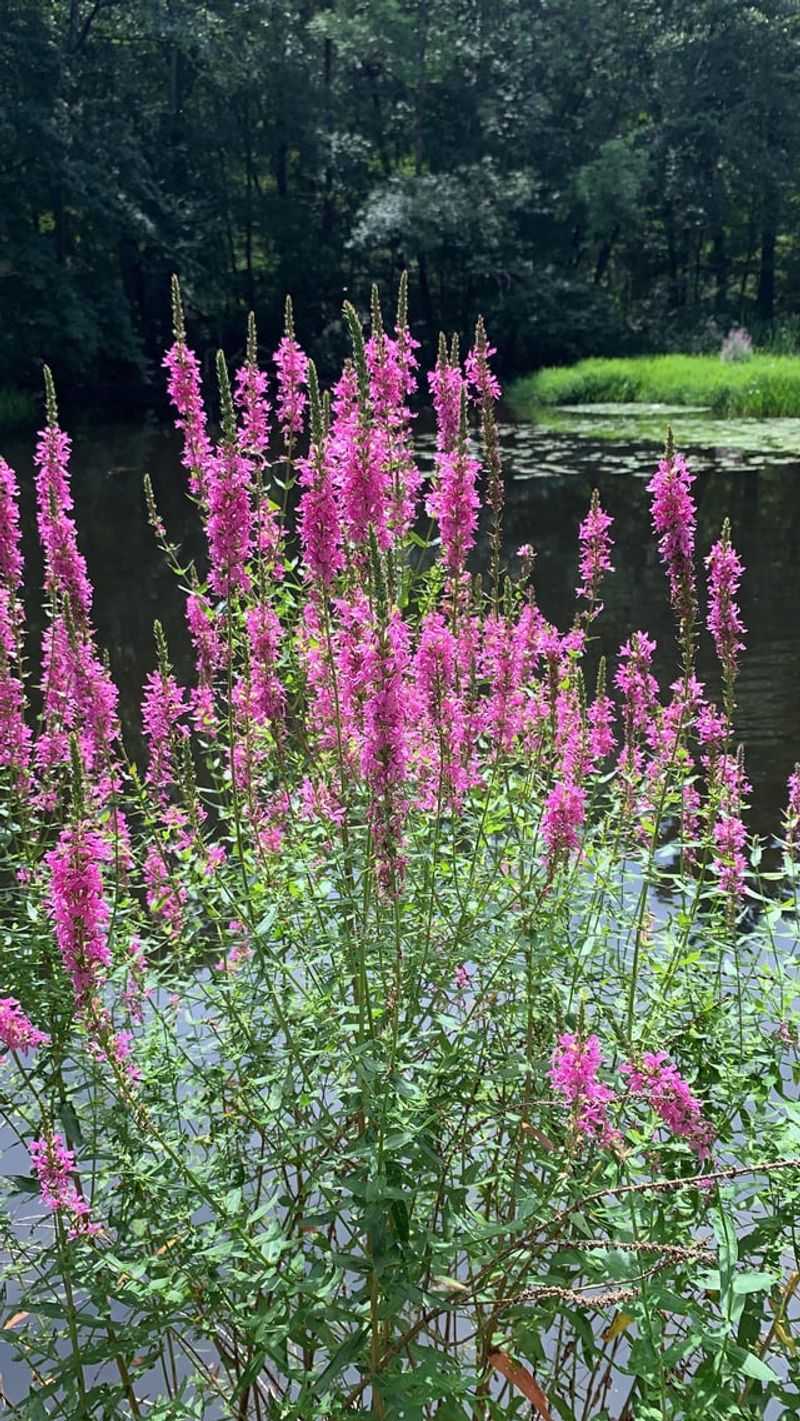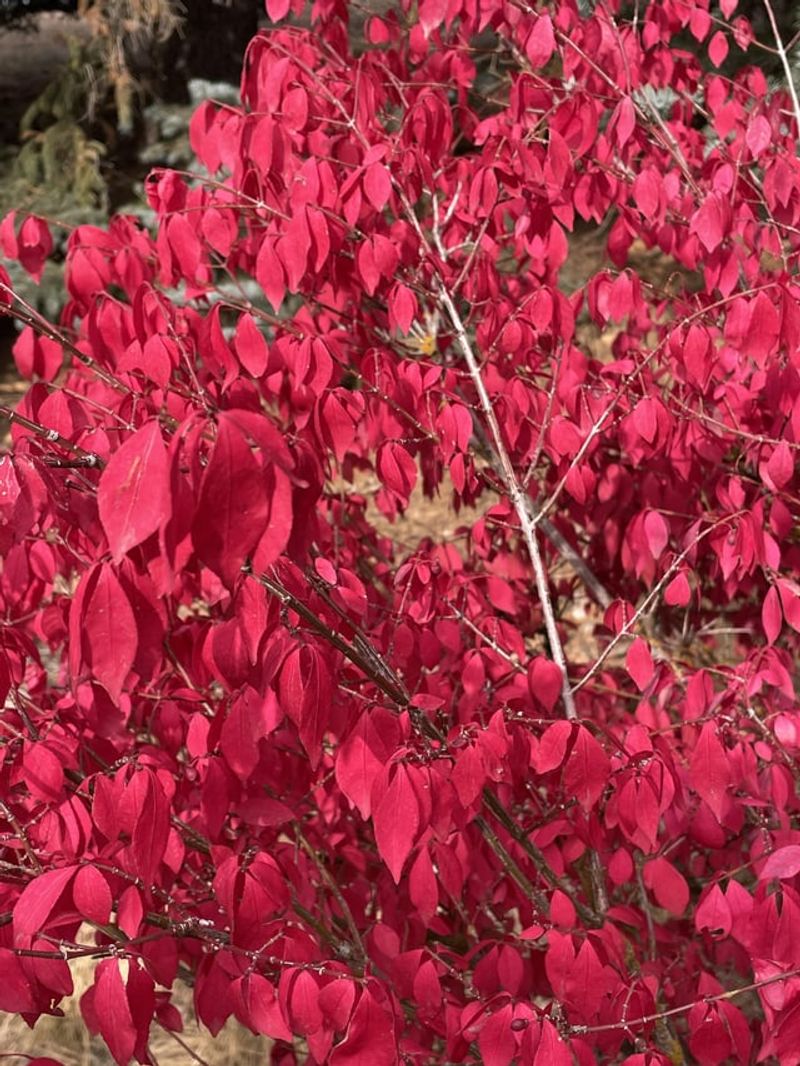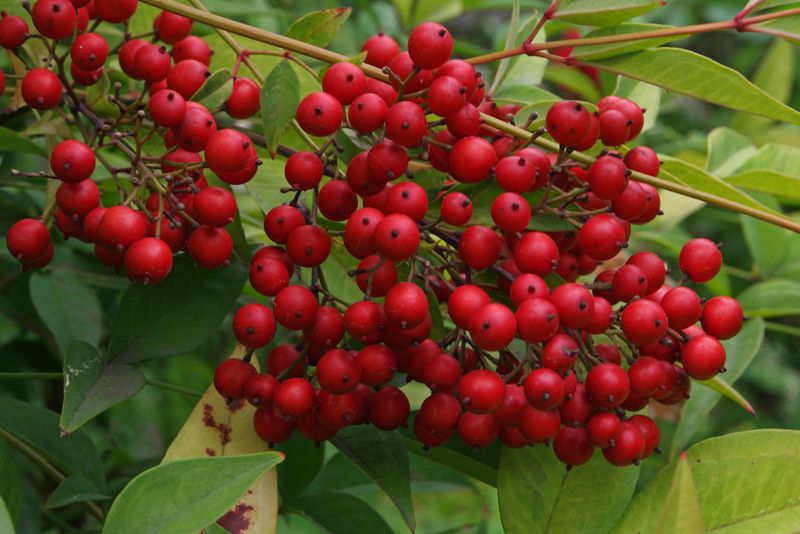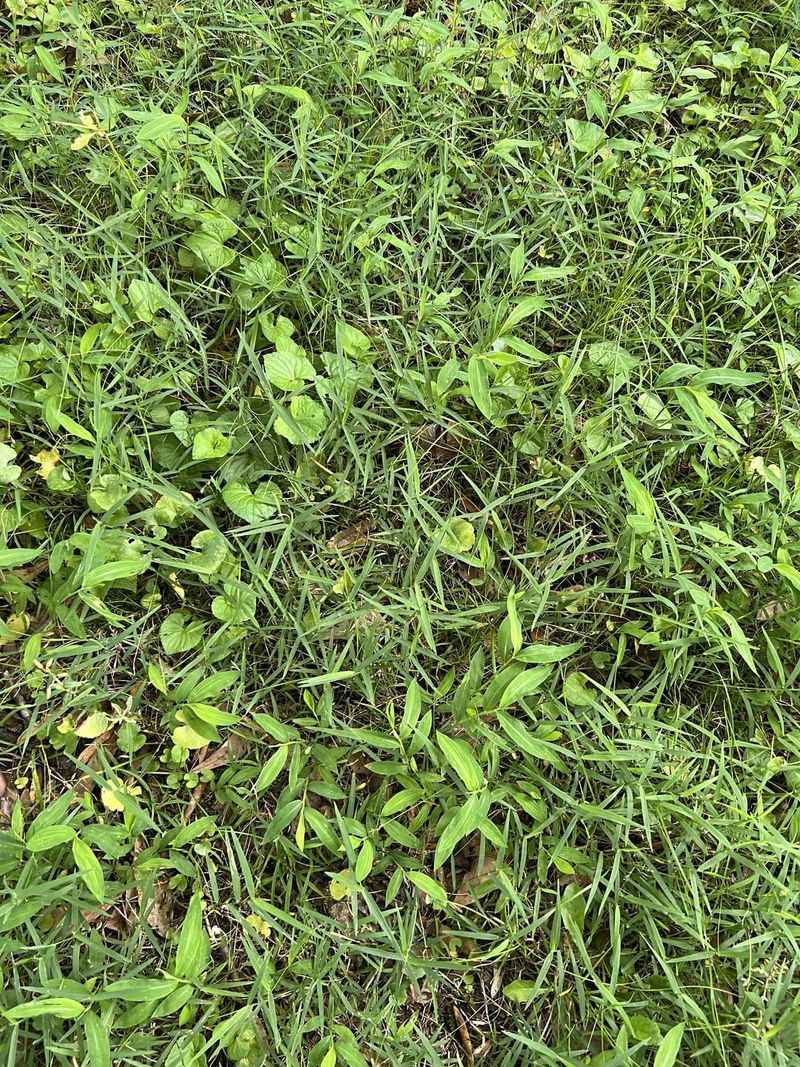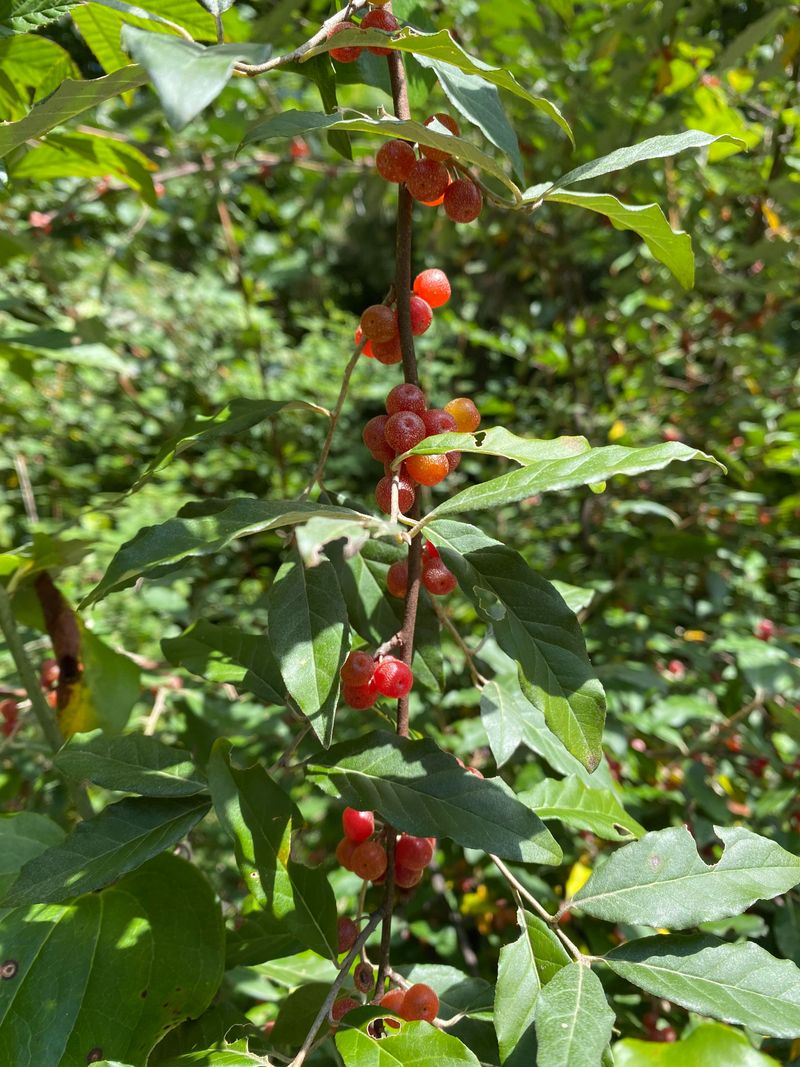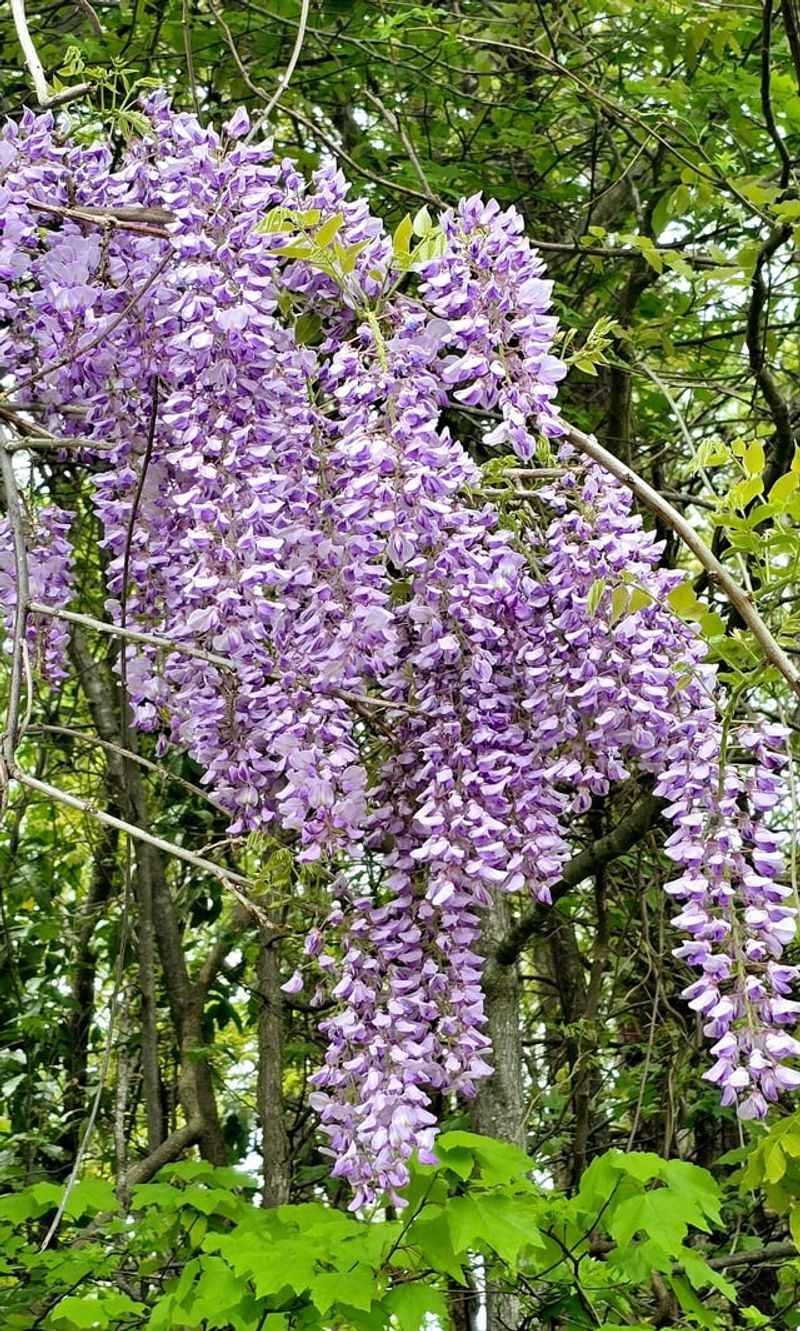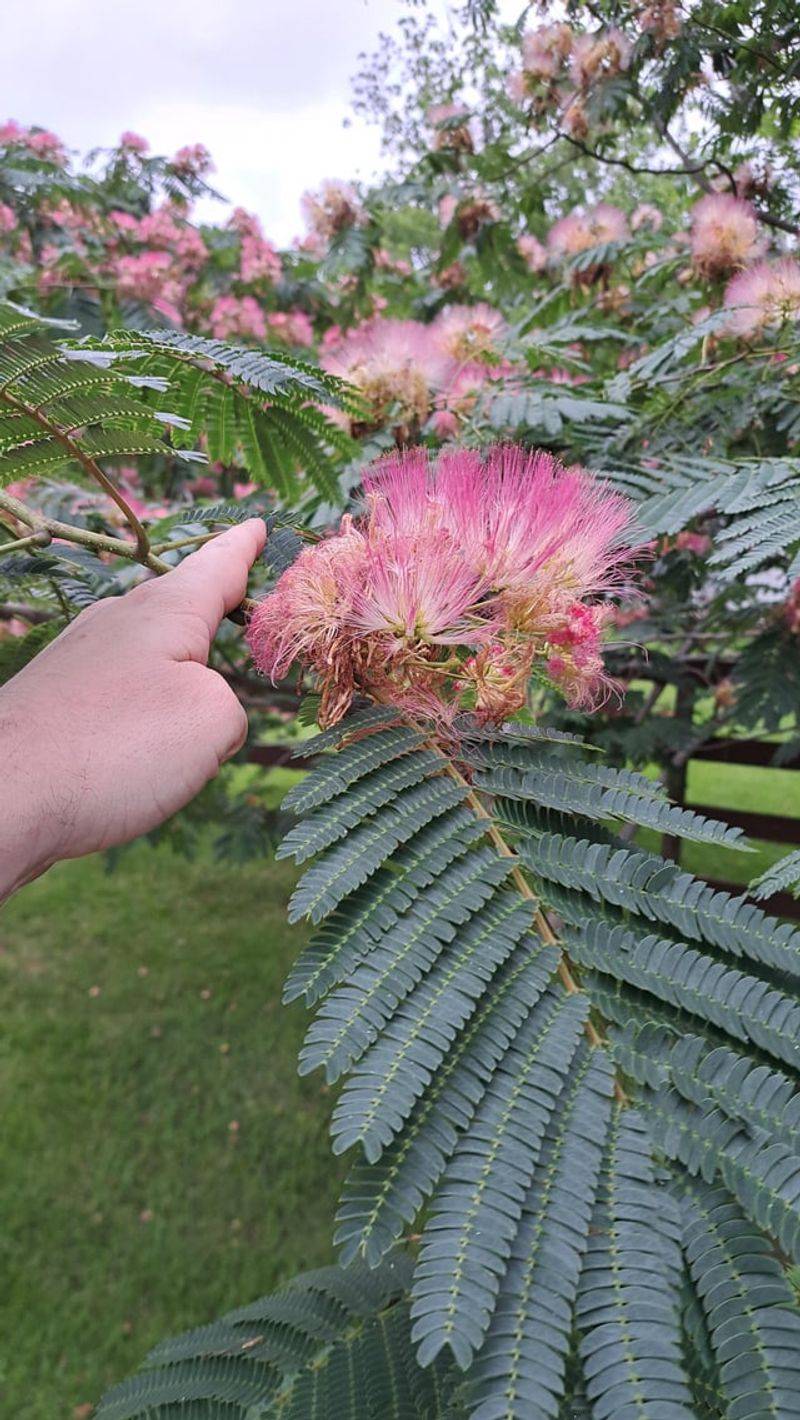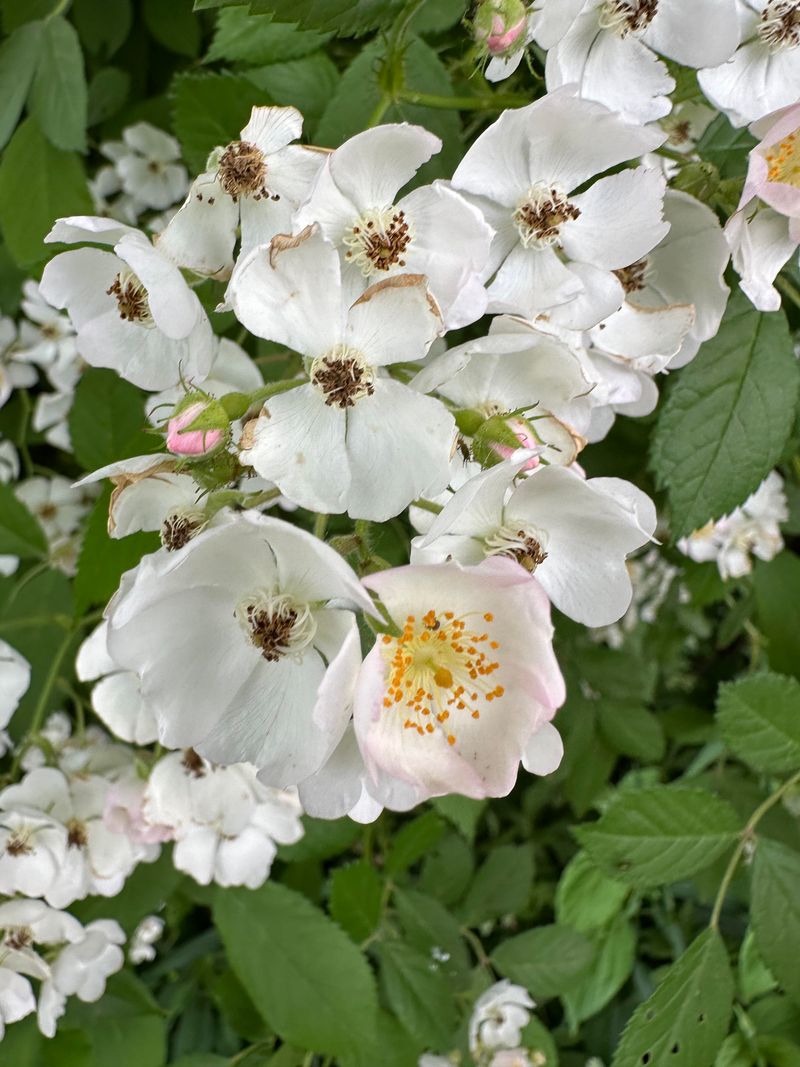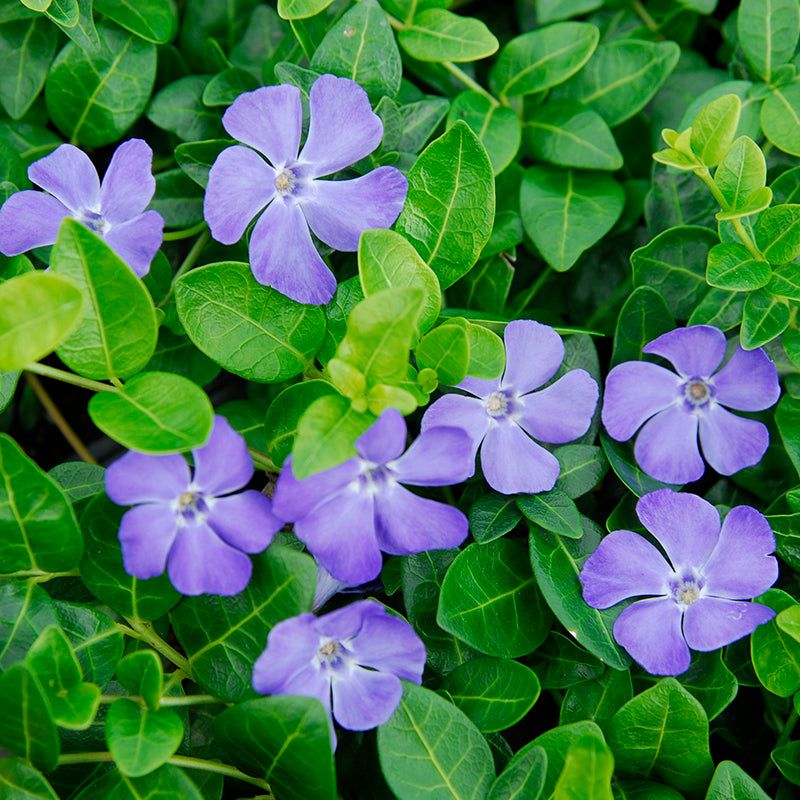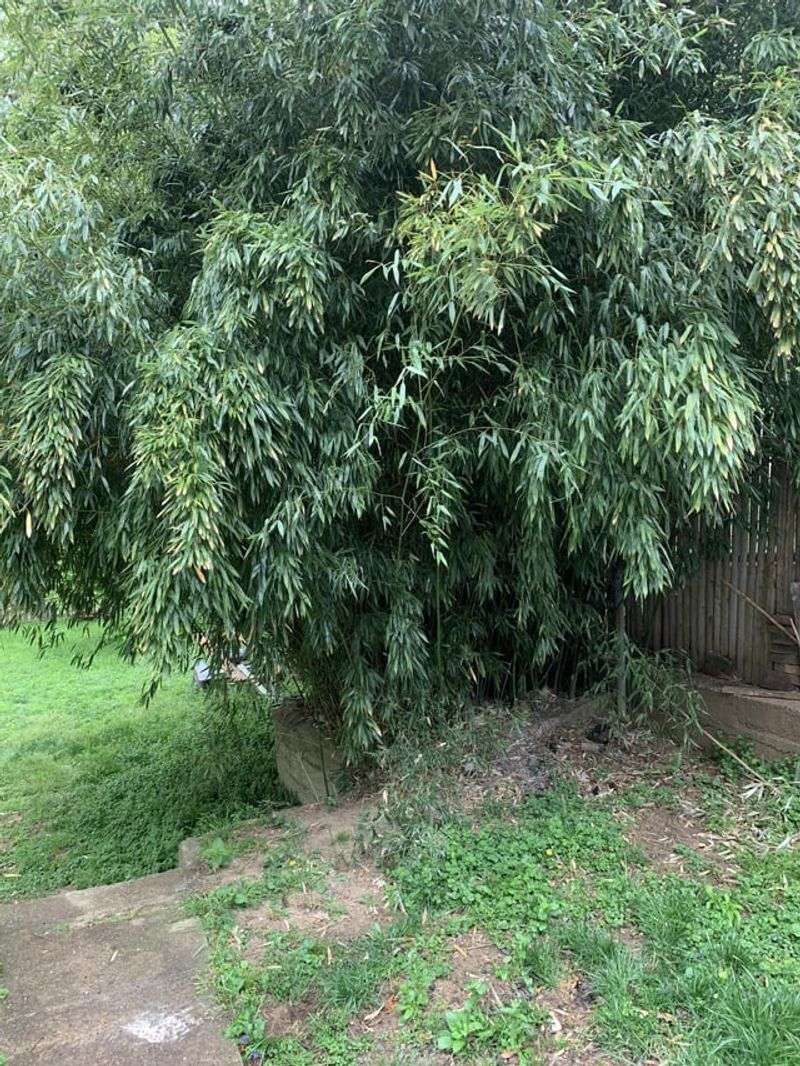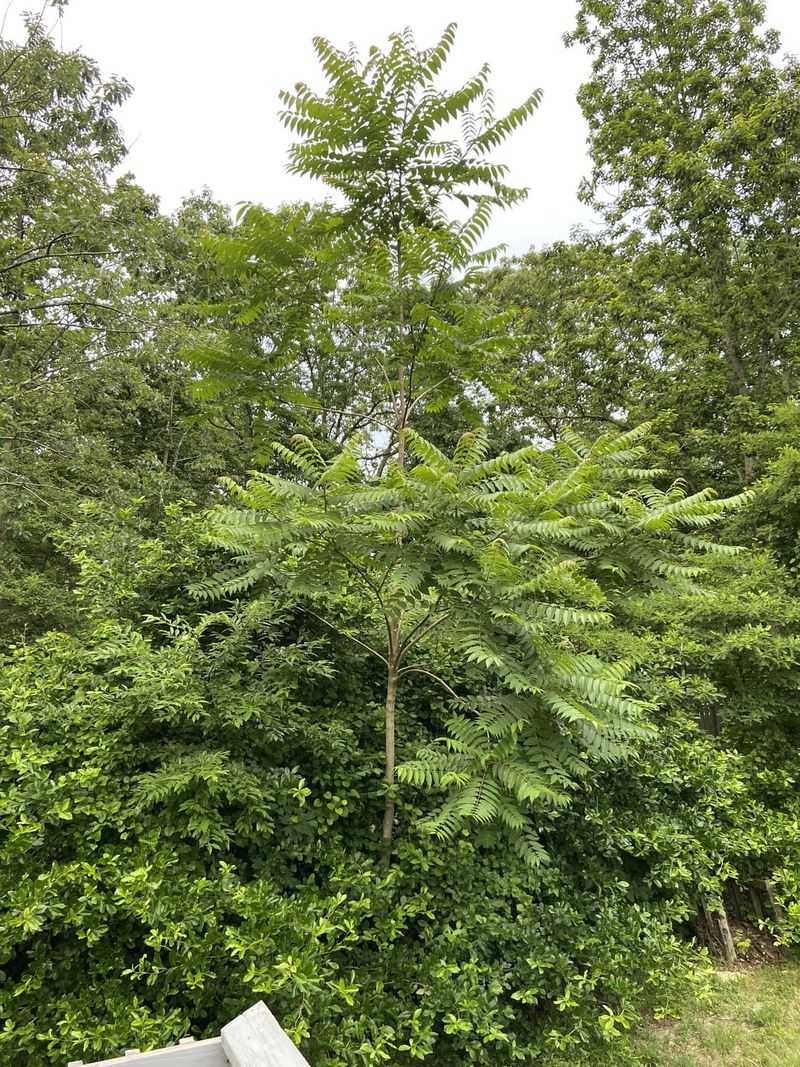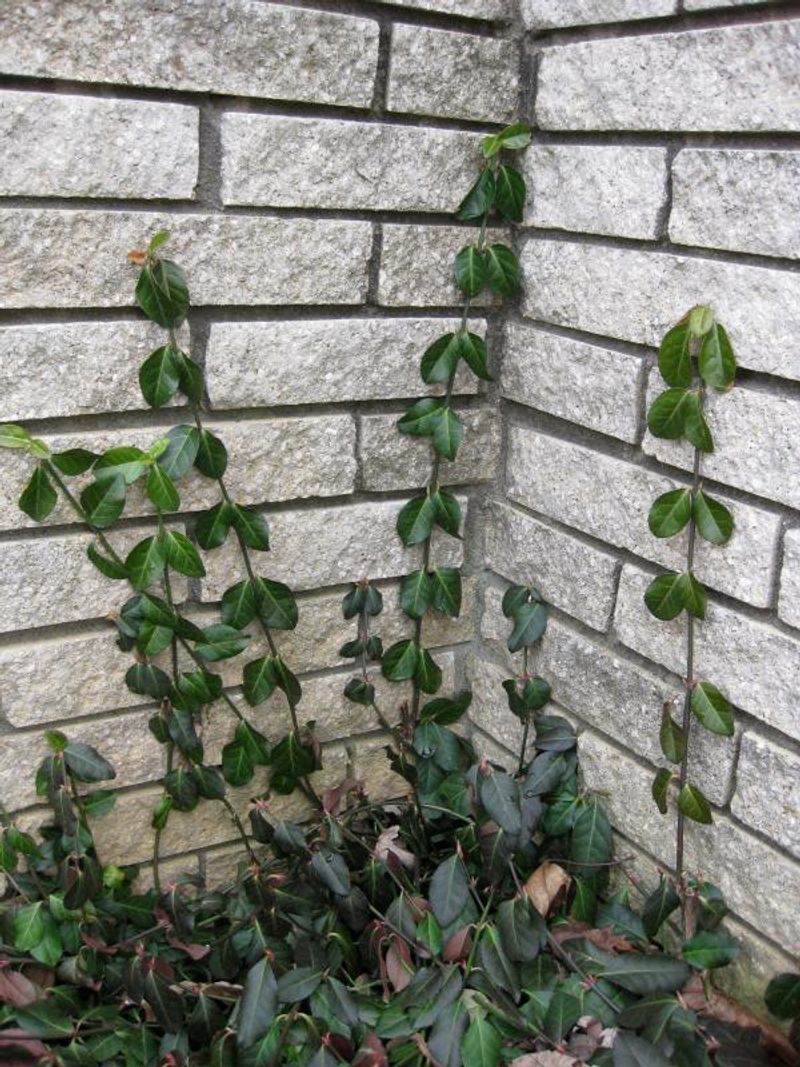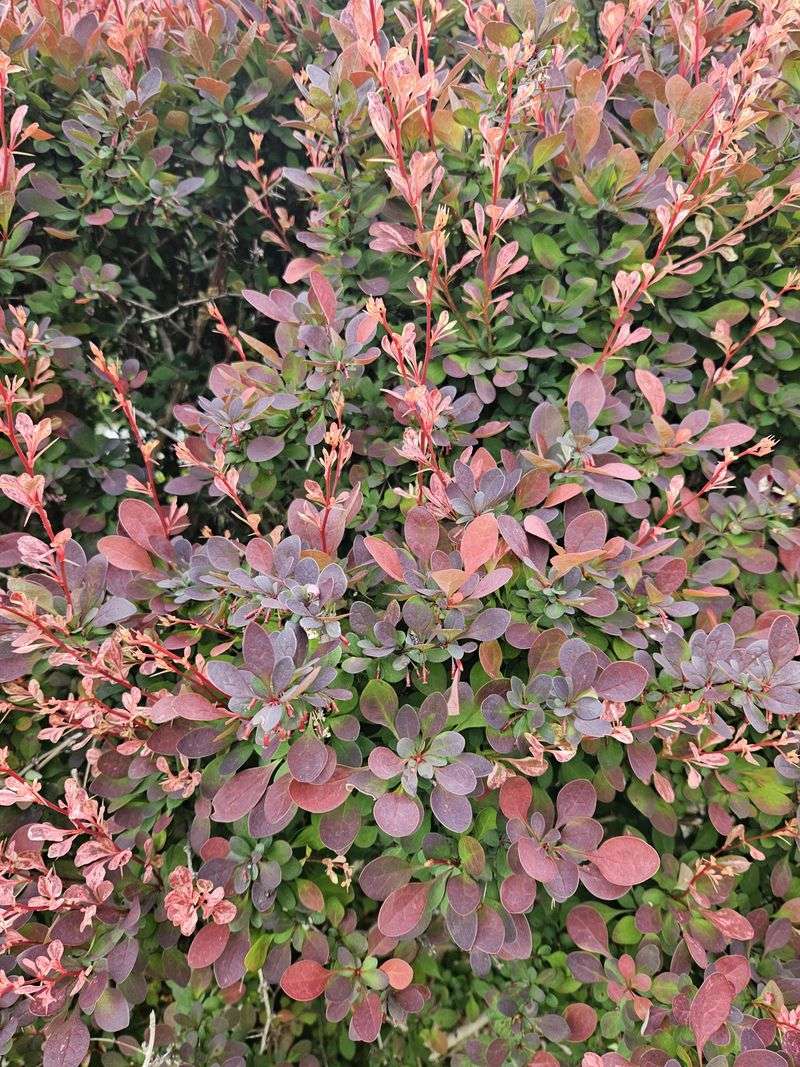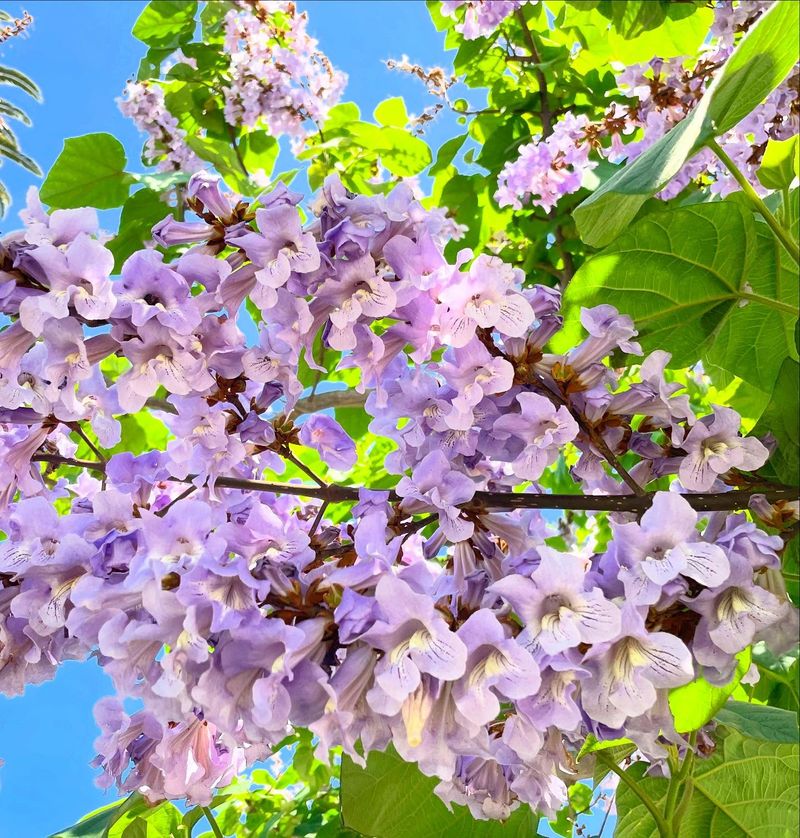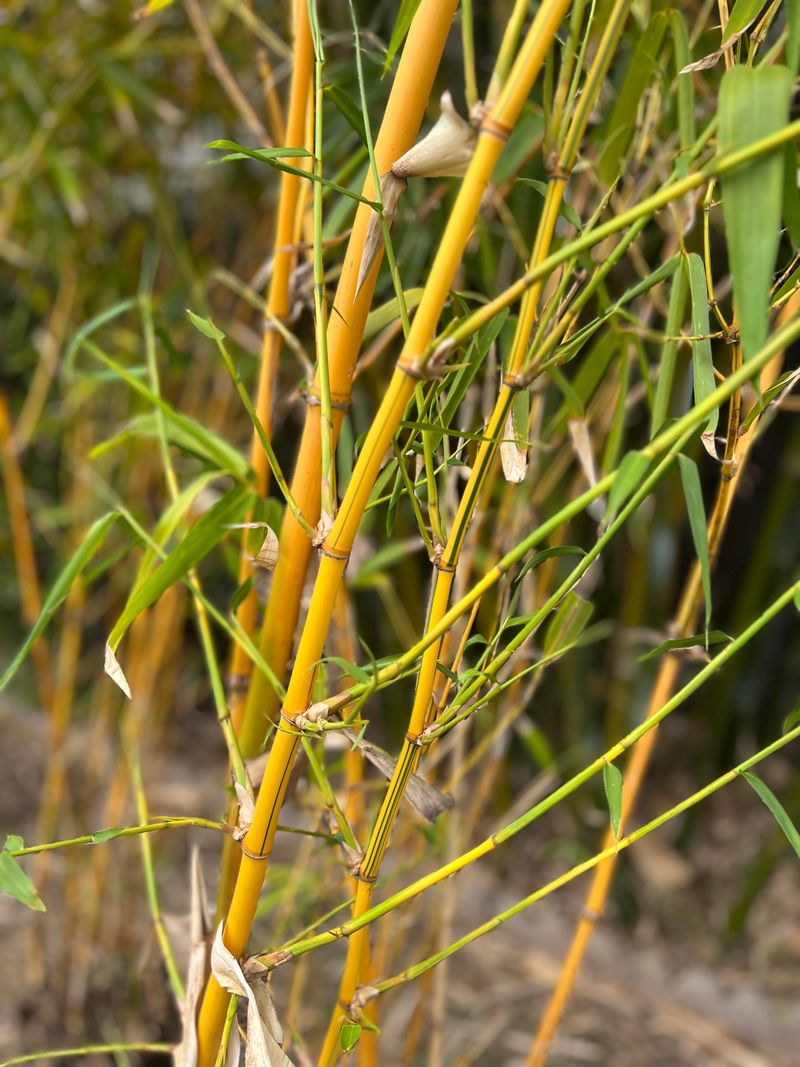Tennessee’s beautiful landscapes are under threat from plants that may look pretty in garden centers but become nightmares once planted. Many nurseries across the state still sell aggressive species that can quickly escape your yard and damage local ecosystems.
The problem is so widespread that even experienced gardeners accidentally purchase these troublemakers. I learned this lesson the hard way after buying an innocent-looking vine at a Memphis garden center.
Within months, it had climbed my fence, invaded my neighbor’s yard, and was choking out native wildflowers. Now I carefully research before bringing any plant home, and I’m sharing what I’ve discovered about Tennessee’s most problematic invasive species.
1. Japanese Honeysuckle
This seemingly charming vine becomes a monster in Tennessee’s humid climate. Once established, it forms dense mats that smother native vegetation and climb up trees, sometimes killing them by blocking sunlight.
The sweet-scented flowers might seem appealing, but this aggressive climber can grow up to 30 feet in a single season. Its berries are spread far and wide by birds.
During a hiking trip near Chattanooga last spring, I noticed entire sections of forest understory completely overtaken by this single species, with barely any native plants surviving beneath it.
2. Bradford Pear
Despite their elegant white spring flowers, Bradford pears have become one of Tennessee’s most notorious invasive trees. Their offspring revert to thorny wild types that form impenetrable thickets across fields and forest edges.
The Tennessee Department of Agriculture has actually asked homeowners to consider removing existing trees. Along many highways in Middle Tennessee, you’ll see entire hillsides covered with their distinctive white blooms in spring.
My cousin replaced his Bradford with a native redbud and says the pollinators and birds immediately showed their appreciation for the more wildlife-friendly choice.
3. English Ivy
This evergreen ground cover might seem like a low-maintenance solution for shady spots, but it becomes a serious problem in Tennessee’s woodlands. The vines climb high into tree canopies, adding weight that can bring down trees during ice storms.
Once established, English ivy forms thick mats that prevent native wildflowers and tree seedlings from growing. Its leaves also provide habitat for mosquitoes that spread diseases.
A neighbor in Knoxville spent three summers trying to remove ivy from her property after it escaped from a small decorative planting. She now advocates for native alternatives like Virginia creeper.
4. Chinese Privet
Often sold as a hedge plant, Chinese privet has escaped cultivation to become one of the most common invasive shrubs in Tennessee forests. Its dense growth blocks sunlight from reaching native plants on the forest floor.
Birds eat the berries and spread seeds throughout natural areas. In the Cumberland Plateau region, I’ve seen entire forest understories consisting of nothing but privet, creating ecological dead zones.
A friend who works with a Nashville conservation group spends countless volunteer hours removing privet from parks. She suggests native alternatives like Virginia sweetspire for similar landscape functions.
5. Purple Loosestrife
The beautiful purple flower spikes of this wetland plant hide its destructive nature. In Tennessee’s marshy areas and along waterways, it forms dense stands that crowd out native plants critical for wildlife habitat.
A single plant can produce over two million seeds annually. Several counties in East Tennessee have already seen wetlands completely transformed by this aggressive invader.
After spotting it growing along a stream bank near my home outside Johnson City, I contacted our local extension office. They organized a community removal day to prevent it from spreading further into our watershed.
6. Burning Bush
The vibrant red fall color makes burning bush a popular landscape choice, but its aggressive nature causes serious problems in Tennessee woodlands. Birds spread the seeds into natural areas where it forms dense thickets.
This shrub is particularly problematic in the Cumberland Plateau and eastern parts of the state where it outcompetes native understory plants. Its shallow roots don’t prevent erosion as effectively as native alternatives.
While driving through the Smokies last autumn, I noticed the distinctive red foliage appearing throughout the forest edges – a concerning sign of its continued spread beyond garden boundaries.
7. Nandina
Commonly called heavenly bamboo, this shrub with bright red berries is anything but heavenly for Tennessee ecosystems. The berries contain cyanide compounds toxic to birds yet are frequently consumed by cedar waxwings and other species.
Nandina spreads readily in disturbed areas and forest edges across the state. Its dense growth habit prevents native plant regeneration in woodland settings.
After learning about its toxicity, my gardening club in Memphis organized a neighborhood “plant swap” where residents could exchange their nandinas for native alternatives like beautyberry or winterberry holly.
8. Japanese Stiltgrass
This annual grass might look innocent, but it’s one of the fastest-spreading invasives in Tennessee forests. It forms dense carpets that prevent tree seedlings and native wildflowers from growing, dramatically altering forest ecology.
Each plant can produce up to 1,000 seeds that remain viable in the soil for years. It’s particularly problematic in the Great Smoky Mountains and throughout East Tennessee woodlands.
During a volunteer day at a Nashville nature preserve, our group filled over 50 bags with this grass from just a quarter-acre section – and it returned the following year almost as densely.
9. Autumn Olive
Despite its silvery leaves and fragrant flowers, autumn olive has become a serious threat to Tennessee’s open spaces and forest edges. This shrub fixes nitrogen in the soil, changing growing conditions for native plants adapted to less fertile conditions.
Birds readily eat the red berries and spread seeds across the landscape. In Middle Tennessee, entire fields have been converted to autumn olive thickets within just a few years.
A farmer friend near Murfreesboro has spent thousands of dollars trying to reclaim pastureland overtaken by this aggressive shrub after a few plants escaped from his windbreak planting.
10. Chinese Wisteria
The cascading purple flowers may look romantic, but Chinese wisteria’s aggressive growth habit makes it a nightmare in Tennessee gardens and natural areas. Its woody vines can grow up to 10 inches in diameter and literally strangle trees.
Once established, this climber is extremely difficult to eradicate, requiring years of persistent cutting and herbicide application. Its weight can bring down forest canopies during storms.
While hiking near Chattanooga last spring, I saw what looked like purple-flowered trees from a distance – actually native pines completely engulfed by wisteria vines that had escaped from nearby residential plantings.
11. Mimosa Tree
With feathery leaves and puffy pink flowers, mimosa trees seem harmless but quickly become invasive throughout Tennessee. They produce abundant seeds that germinate readily in disturbed soils along roads, streams, and forest edges.
These fast-growing trees form dense stands that displace native vegetation. In East Tennessee, they’re particularly problematic along waterways where flooding helps spread the seeds.
My grandmother battled mimosa seedlings in her Knoxville garden for years after removing a mature tree. She finally succeeded by planting dense native groundcovers that prevented the seeds from reaching soil.
12. Multiflora Rose
Originally promoted for erosion control and living fences, multiflora rose has become one of Tennessee’s most hated thorny invaders. Its arching canes form impenetrable thickets that can completely take over pastures and woodland edges.
Each plant produces thousands of seeds spread by birds. The thorny stems make removal extremely difficult without heavy equipment or protective gear.
A hiking trail I frequented near Nashville had to be rerouted after multiflora rose completely blocked the original path. Land managers now spend significant resources just keeping popular outdoor recreation areas free of this aggressive plant.
13. Vinca (Periwinkle)
This seemingly innocent ground cover with pretty purple-blue flowers becomes a serious problem in Tennessee’s woodlands. It forms dense mats that prevent native wildflowers and tree seedlings from emerging, drastically reducing forest biodiversity.
Vinca’s trailing stems root wherever they touch soil, allowing it to spread rapidly. Many homeowners in Memphis unwittingly plant it for erosion control, not realizing it will escape into nearby natural areas.
After removing vinca from my own woodland garden, I discovered native wildflowers like trillium and bloodroot returning that hadn’t been seen in years – proof of how effectively this invader suppresses native plants.
14. Bamboo
Running bamboo species sold at Tennessee garden centers might seem like an attractive privacy screen, but they quickly become a neighborhood nightmare. Underground rhizomes can travel 30 feet or more from the parent plant, emerging in lawns, gardens, and natural areas.
Once established, bamboo is extraordinarily difficult to eradicate without heavy equipment and persistent effort. Containment barriers often fail over time as rhizomes find ways around or under them.
A community garden in Nashville had to be completely abandoned after bamboo from an adjacent property invaded the plots. The gardeners relocated rather than fight the never-ending battle against emerging shoots.
15. Tree Of Heaven
Despite its heavenly name, this fast-growing tree creates hellish conditions in Tennessee’s urban and natural areas. It produces chemicals that prevent other plants from growing nearby, effectively poisoning the soil around it.
Female trees produce up to 300,000 wind-dispersed seeds annually. Even worse, cut stumps resprout vigorously and root fragments produce new trees, making removal extremely challenging.
While volunteering with a Knoxville watershed group, I learned this tree also serves as the primary host for spotted lanternfly, an emerging invasive insect threat to Tennessee’s agricultural and forest resources.
16. Wintercreeper
This evergreen vine starts as an innocent-looking ground cover but transforms into a aggressive climber that can engulf entire trees. In Tennessee’s forests, it creates dense mats that prevent native plant regeneration and reduce wildlife habitat quality.
Birds spread the seeds after eating the small fruits, introducing wintercreeper to new areas far from original plantings. Once established, its extensive root system makes complete removal nearly impossible.
During a nature walk in a Nashville park, the naturalist pointed out how this plant had completely covered the ground and climbed 50 feet up mature oak trees – all originating from a single landscape planting decades ago.
17. Japanese Barberry
The burgundy foliage might look attractive in garden settings, but Japanese barberry poses serious ecological threats in Tennessee. Research shows it creates ideal humidity conditions for ticks that carry Lyme disease, increasing their populations dramatically.
Its thorny branches form dense thickets that alter forest composition by raising soil pH and nitrogen levels. Even deer avoid it, giving it a competitive advantage over native plants they would typically browse.
A friend who works as a forester in East Tennessee showed me how barberry-invaded areas have significantly fewer tree seedlings and native wildflowers compared to non-invaded forests just a few hundred feet away.
18. Princess Tree
Also called paulownia, this fast-growing tree with purple flowers might seem like a quick shade solution, but it’s a serious threat to Tennessee’s forests. A single tree can produce up to 20 million seeds that travel miles in the wind.
Princess trees colonize forest openings after disturbances like fires or logging, preventing native trees from regenerating. They’re particularly problematic in the Cherokee National Forest and throughout East Tennessee.
After the 2016 Gatlinburg fires, land managers were alarmed to see princess trees among the first plants to emerge in burned areas, potentially changing the forest composition for generations.
19. Golden Bamboo
Though not a true bamboo, golden bamboo (Phyllostachys aurea) is one of the most aggressive invasive plants sold in Tennessee garden centers. Its underground rhizomes can spread 15 feet annually, sending up new shoots through asphalt, foundations, and drainage systems.
Once established, removal often requires heavy equipment and years of follow-up treatment. In parts of Middle Tennessee, entire hillsides have been converted to bamboo monocultures that support very little wildlife.
A neighborhood in Franklin had to create special assessment fees to deal with a bamboo infestation that started from a single property’s ornamental planting twenty years earlier. The eradication efforts are still ongoing.

